I have a challenge for you as we approach the new year and it’s super simple: Use just one film. No… not one roll of film, one film. I’ll explain the rules and why I am doing this but I need to give you some info as to how I arrived here first. It’ll take a bit of explanation but I promise if the first half speaks to you, the second half is your calling.
Why I’m Doing This
For those who’re not aware, I have been running a YouTube channel for about eight years. I just cover the history of photography now but for a long time I did first impressions videos and I also did a photo marathon where I vlogged for thirty days straight and used a different camera/lens/film combo each day, calling it 30 Days of Knight.
Exhausting but fun.
I did it again in 2020, but this time I called it A FortKnight of Film, which was actually about seventeen days, not a fortnight, because I exceeded my Kickstarter goals. This time it was a different roll of film each day. Because of the aforementioned projects, I have shot so many different kinds of films, fresh films like Tri-X, Kodak Gold, Ilford HP5 Plus, Portra of course and once I even shot a well preserved thirty year old roll of Kodak Ektar 25 that developed like it was brand new.

As fun as this all was as a You Tuber, this doesn’t make for the best practices as a photographer. I’d get out there, and fiddle fart with the camera I’d never used before, and wonder how my film would look because I also had never used it before or it was expired. This is the kind of content that is – no question – fun to watch and keeps viewers engaged, but stunts the growth of the photographer because it robs them of an essential skill: previsualization.
A few years ago I started reading about minimalism and while anyone who looks in my basement, darkroom, and office would laugh at the idea that I’m a practicing minimalist, I would invite them to look just a few years previous. The first stage of this lifestyle change was to boil down my camera collection. First I committed to two cameras per format. Two 35’s, two 120’s, two instant cameras, etc. That was great for awhile, but I was still paralyzed by choice at times. The next evolutionary step was to eliminate formats from my repertoire, most recently I made the tough decision to sell off my Pentax 6×7, at the shock of some hard-core medium format users. An incredibly tough but liberating choice. I was able to sell it to a viewer which made me all the more satisfied.
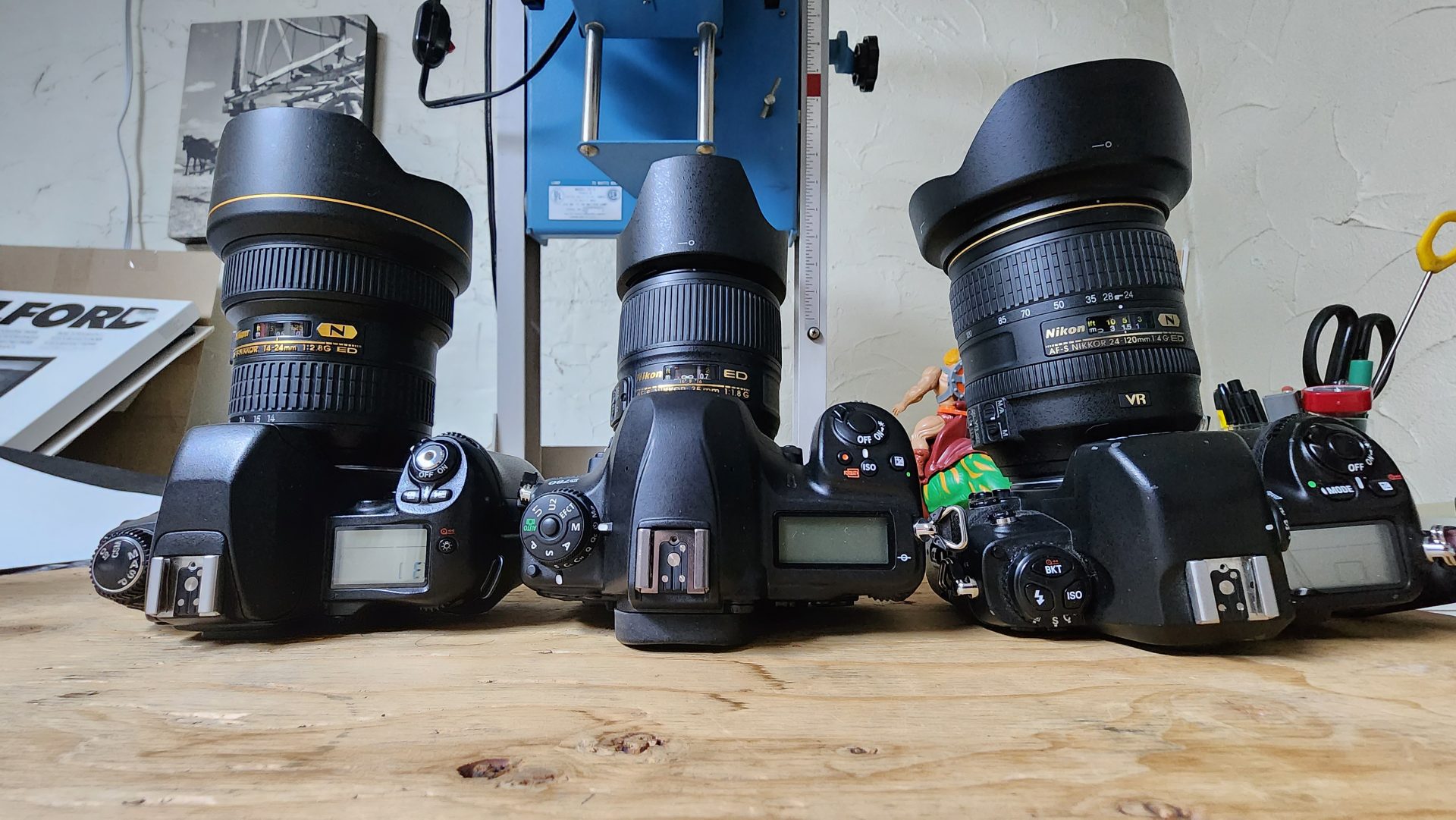
I really feel like I made some progress here. As of now I have two main 35mm cameras. A Nikon F100 and an F80, and I use these cameras because I have a Nikon DSLR, a D780, and mostly modern Nikkor G Lenses. They all work with each other. That’s probably the biggest takeaway I have had so far from this, that the fewer camera mounts I had the deal with, the better glass I could afford. I don’t need a 50mm lens for every camera, I need one good one for all my bodies. Same goes for the rest of it. I do have a mirrorless Nikon Zfc, but with the release of the full frame Nikon Zf, I might make the trade-in within a year. So, no more analysis paralysis on what gear I need to bring…mostly. I still struggle with some stuff, but questions are answered quicker and I’m on the road faster. Between a road trip where I still had 120 and was vlogging and the next one where I had eliminated those two things, I had two less bags to lug with me everywhere I went. Each time I head out I ask myself what I can sacrifice and what I brought but didn’t use the previous time.
On one road trip this year, while still shooting 120, I brought a lot of film with me…so. much. film…and while I was out there it became a question of which roll I’d shoot for which location. Slightly annoying but the real issue for me was when I got back. All these different films meant different developing times and more individual developments. I’m sure now you can see where this was going.
I made the decision to commit to two films at first. It was going to be Fujifilm Neopan Acros II and trusty Tri-X. Then I realized that Tri-X was still a bit of a cheat for me. It’s such a versatile film, that you can push and pull till your hearts content, and it didn’t feel like much of a challenge, and for that reason I settled on just Acros II. Why that film? Well, I shot it a few years ago, the original that is, for a first impressions video and I was blown away and I told my viewers that I think I found my film. Then it was discontinued almost right after…but then it came back. By then though I was caught up in trying other films and yadda yadda yadda.
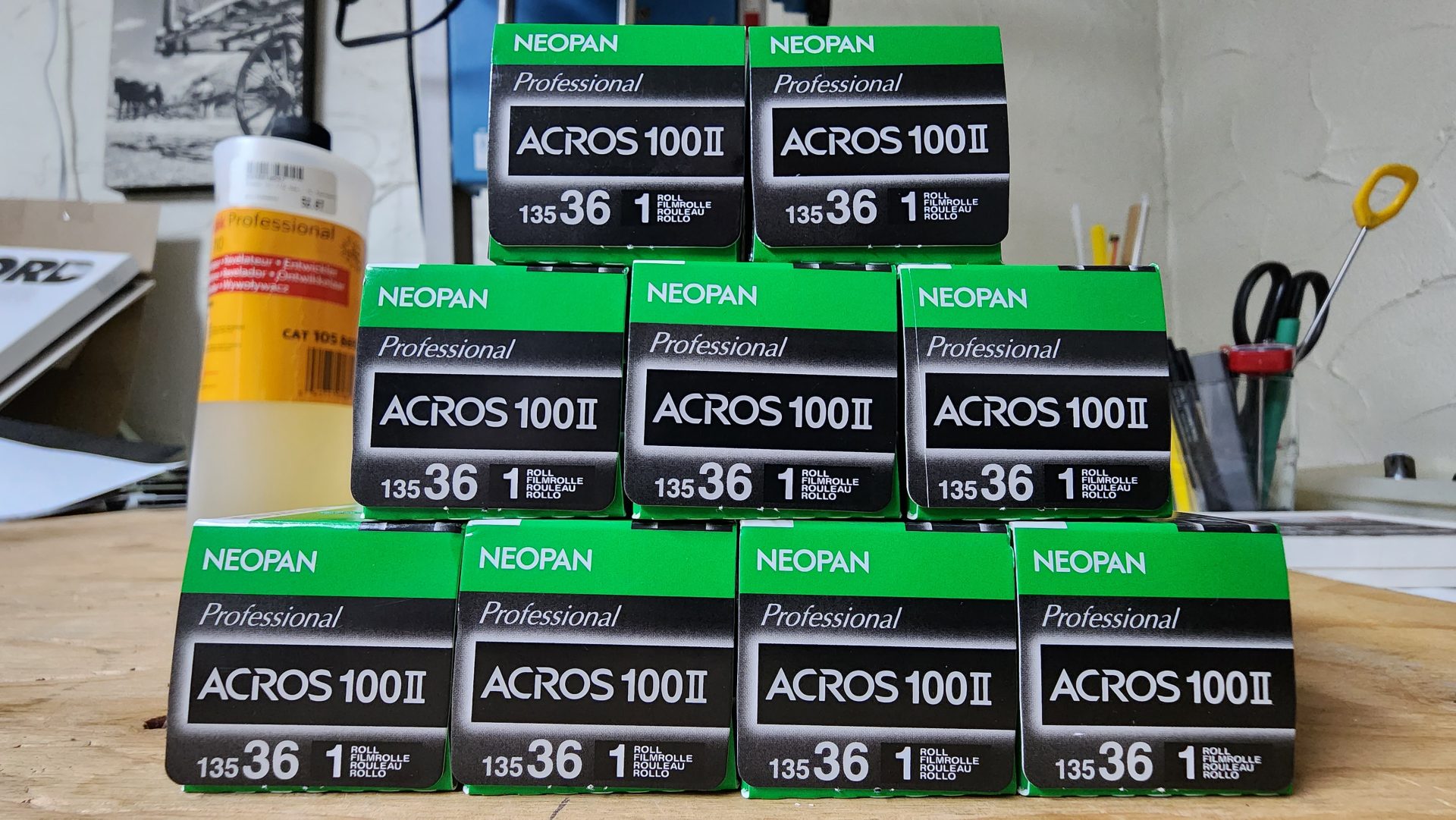
It was the film that left the biggest impression on me, and while I spent a couple years giving Ilford HP5 a legitimate shot, I just couldn’t get on board. When this challenge is over, I’ll be going back to Tri-X despite the price. You don’t spend thousands on cameras, lenses, and darkroom supplies only to shoot a film because it’s a couple bucks cheaper…but I digress.
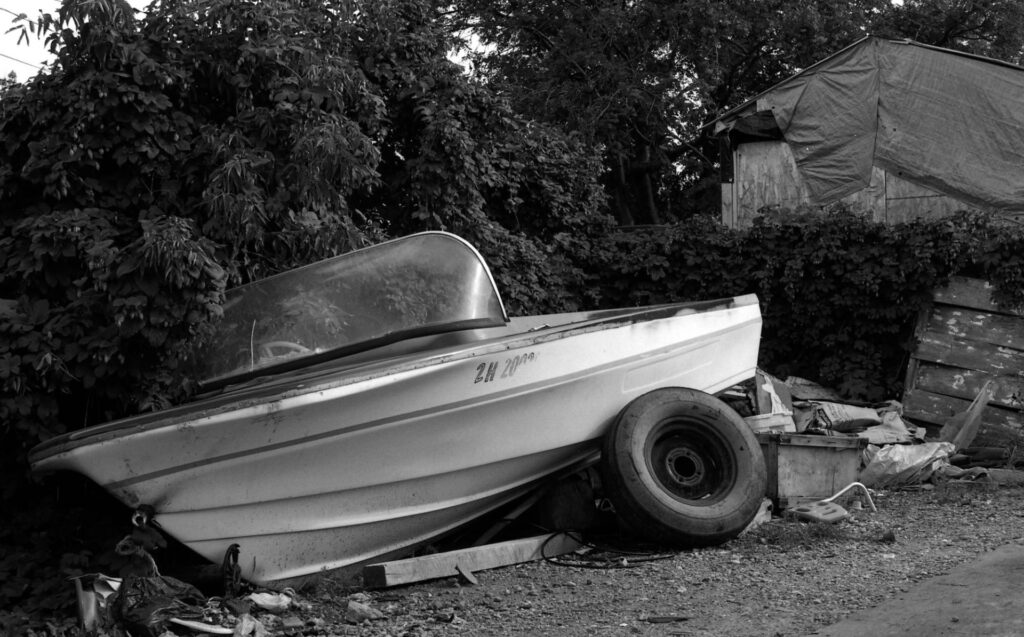
I started early, but I plan to take this to the end of 2024. I’ve laid out some rules which I’ll be following and recommend you do the same. Remember that restriction gives birth to creativity, and you already have access to more than the great photographers from fifty to one hundred years ago.
The Rules
- One Film Only, No Exceptions.
- No Tri-X and No HP5 Plus.
If you think that one film is too restricting, I want you to consider all the ways in which a single film can be manipulated to suit your taste, and subject.
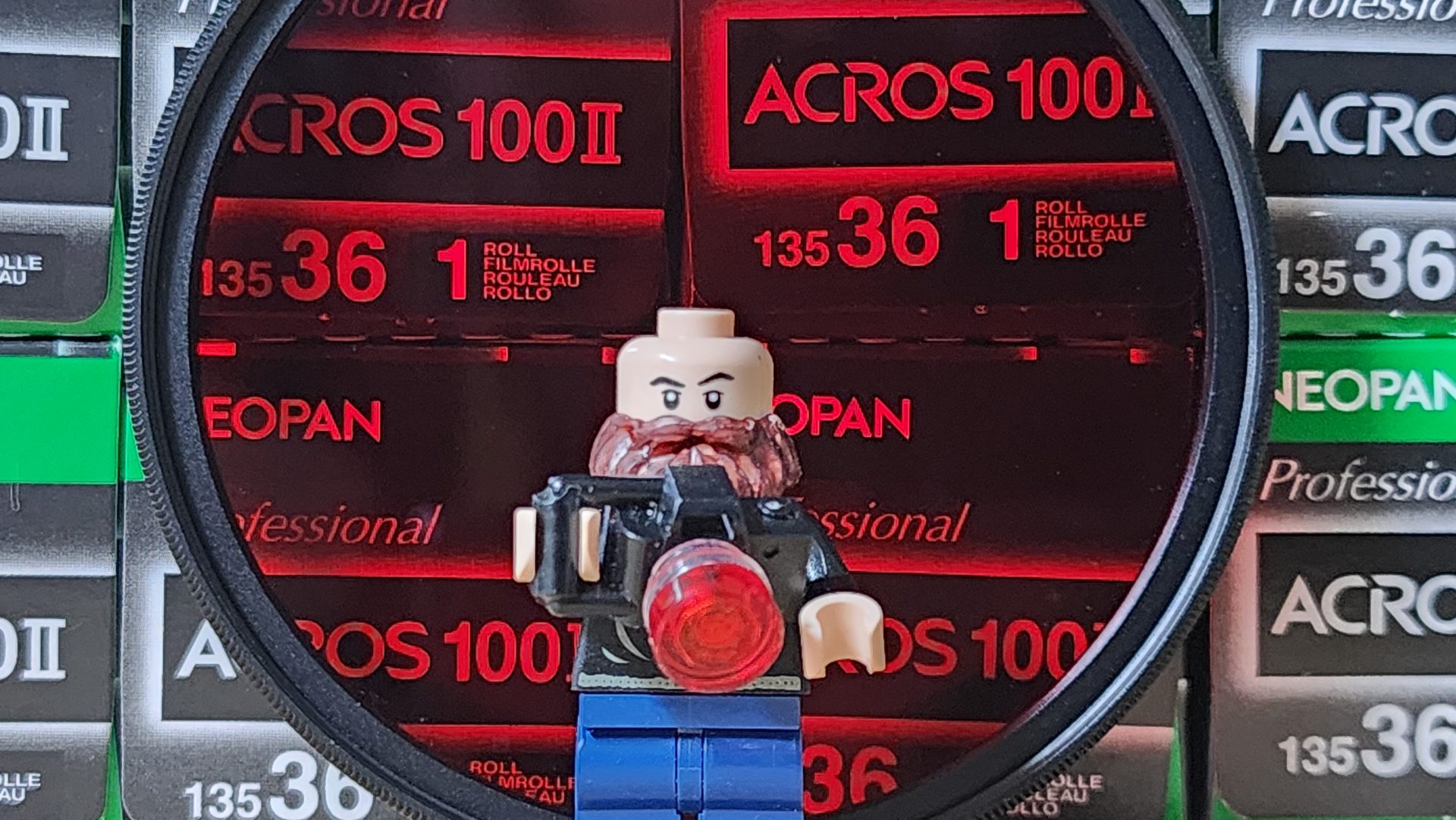
Manipulation
- Temperature/Time: Experimenting with this can produce a wide range of results.
- Lens Filters: Coloured filters, polarizers, etc. can all be used to change the look and mood.
- Developers: This is a big one, different developers and ratios of those developers will create dramatic differences in some cases.
- Agitation: I once did a video on how agitation frequency alters the final negative, but the TL;DR is that less frequent agitation leads to less contrast, and constant agitation will create more. Agitation intensity, i.e. how vigorous you do it has little impact. I did a video on that as well.
- Pushing/Pulling: HP5 Plus and Tri-X aren’t the only films that can be shot at different ISO’s. Acros II for example can be shot at 400, something I’m looking forward to trying. Also, just because it isn’t listed on the Massive Dev Chart, doesn’t mean it isn’t possible…experiment!
- Over/Underexposure: I’ve already found that in some cases, slightly underexposing Acros can produce some super rich toned results.
- Post Production: Digital and analog manipulation after the negative is primed will put the finishing touches on your style.
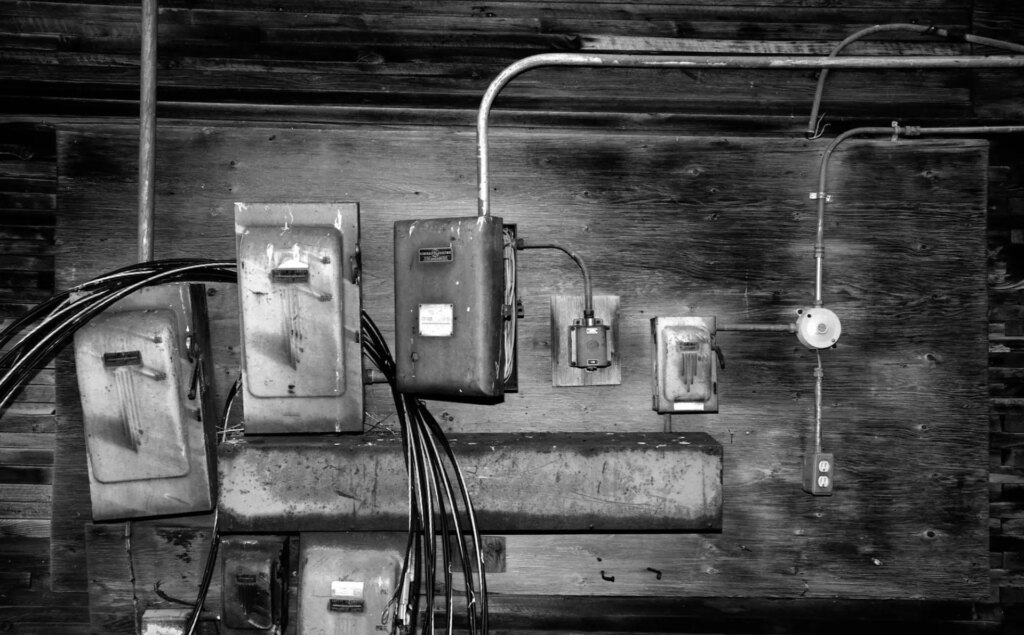
Spend a few rolls at the beginning shooting at box speed and using the same developer to get familiar with your choice before making any changes and then, the sky is the limit. Change up developers, ISO speeds, exposure, filters, etc. until it’s unique to your style.
If You’re Having Doubts
By now you might be saying, “but I like playing around with different films, I like the unpredictability” and to that I would say that’s fine, but you’ll eventually hit a ceiling, and then you’ll be relegated to the thousands of other simps on Reddit, schlepping gas station photos, because “ooo, tones”. I know, a bit harsh but film photographer, or digital, the goal is to be unique, not to ride bareback on a trend for internet points. I think we forget that sometimes as social media users. If people are asking you “wow, what film/camera did you shoot that with?” instead of “wow, how did you make that?” you’ve failed as a photographer and succeeded as a camera technician. Photography…good photography is a process of mastery and refinement and predictable results are crucial to the creative process. It’s a distinction I continue to struggle with.
In my time as a photographer which is approaching twenty years, I have maybe a handful of images that are truly astounding to me, ones that I’ll never get sick of looking at, but what I have in abundance are close calls that would have been great if I knew my camera, film, or developer better, and many more shots that never came to fruition because I took an extra two hours picking the “right” camera, the “right” film, etc. When you eliminate gear choices, you open yourself to shooting choices, locations, and subject matter.
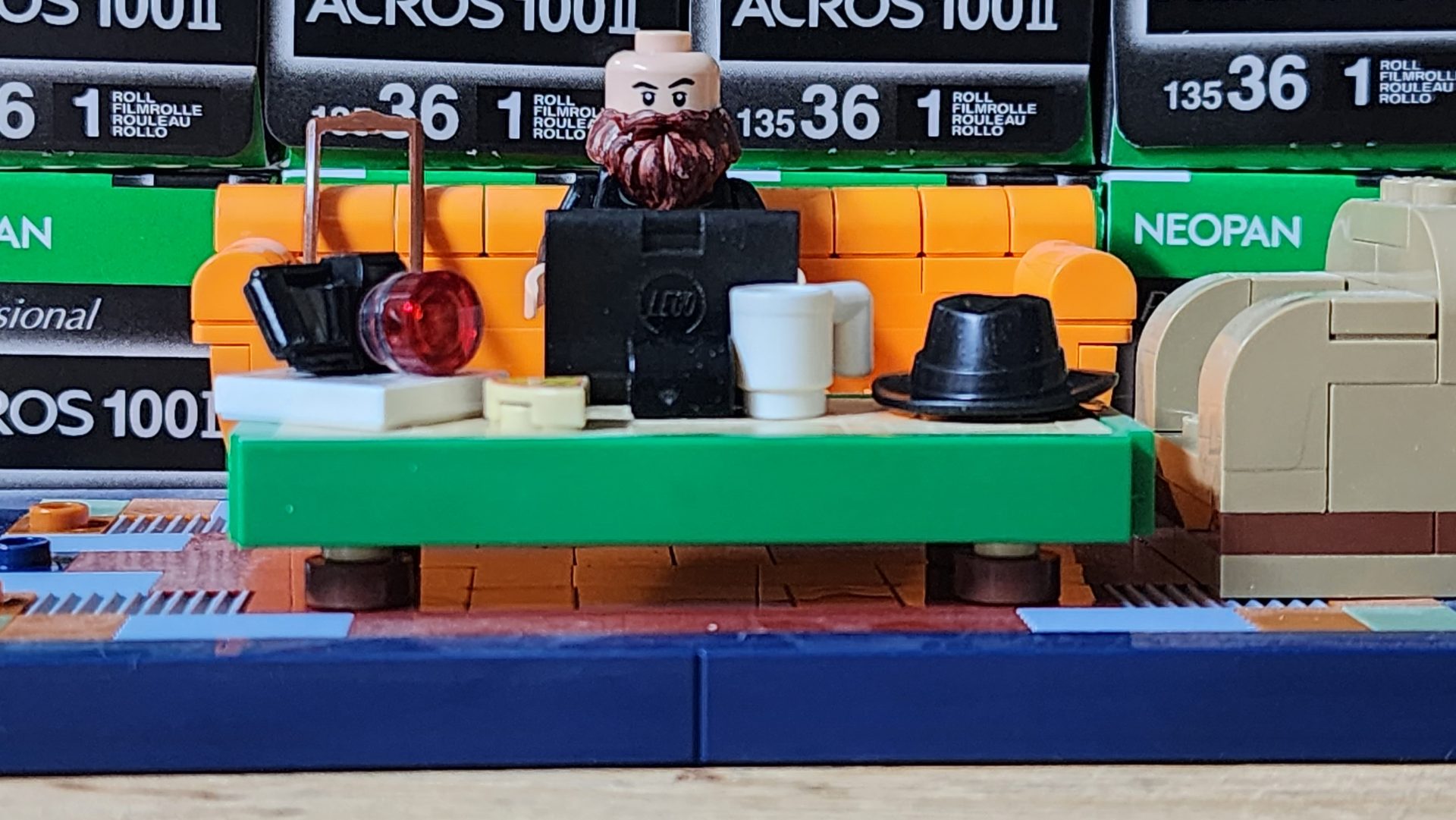
Good Luck!
Overall I’m very excited about my goal, which is why I wrote all this and thanks for hanging around the entire explanation. I am always fascinated by your comments, so please feel free to tell me why I’m right or wrong, and if I inspired you to try this out, definitely let me know which film you’re choosing and why.
As mentioned I have a YouTube Channel. I also have a Weekly Newsletter and Discord Sever. Be sure and check those out if you enjoyed what I wrote here today!
Stay Classic,

Share this post:
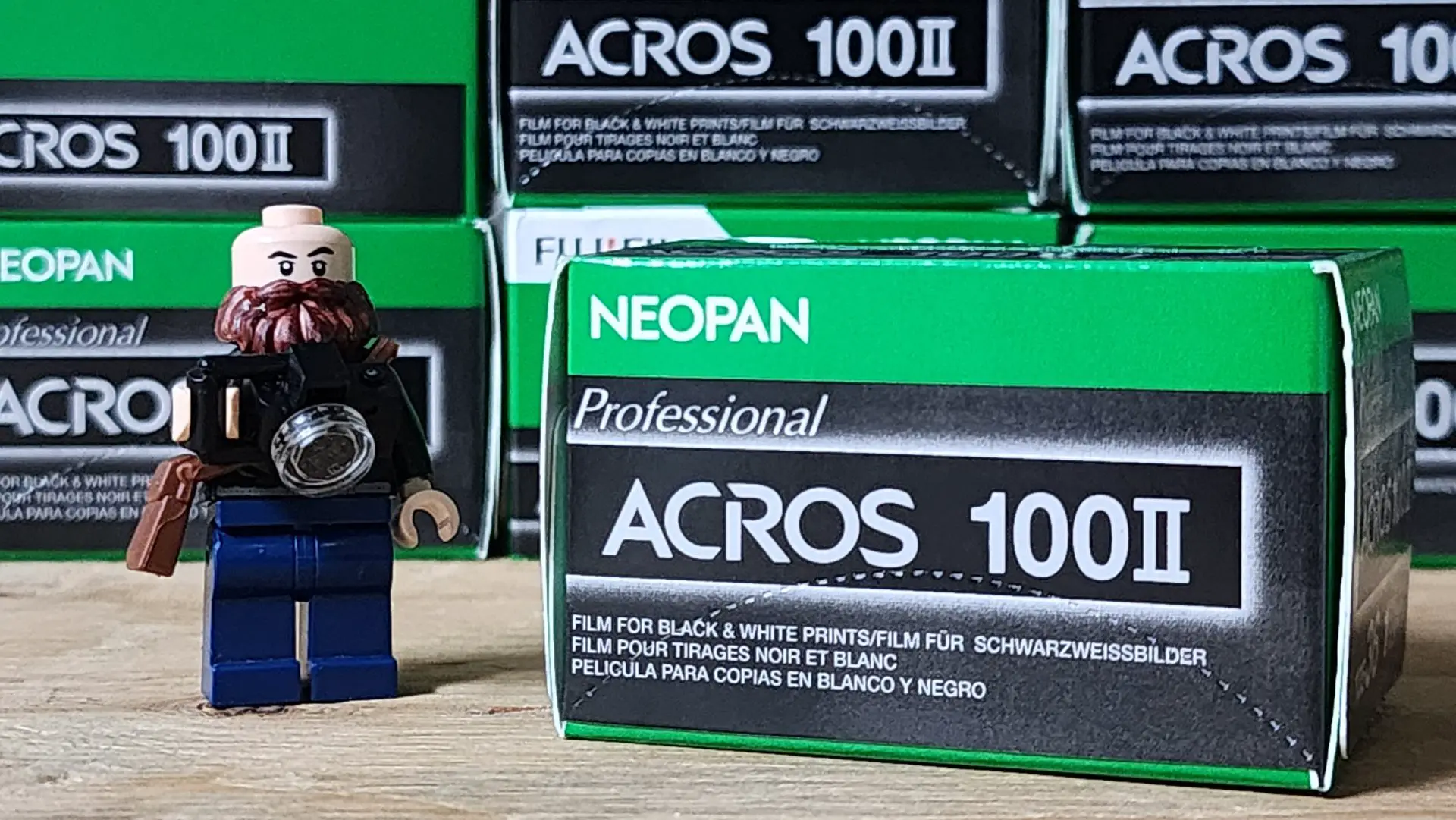
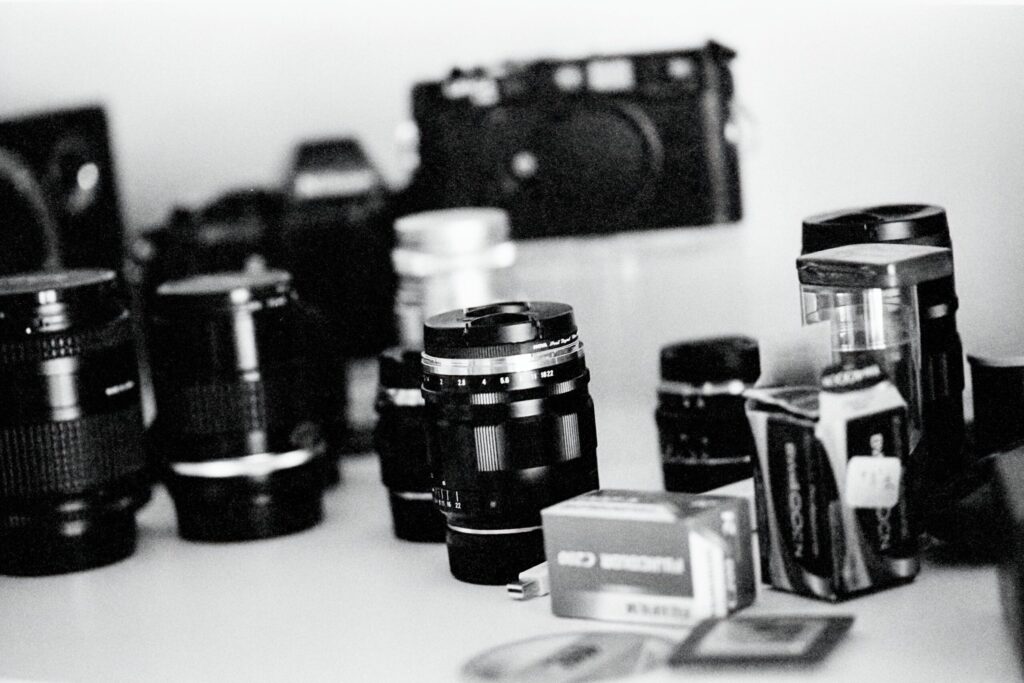
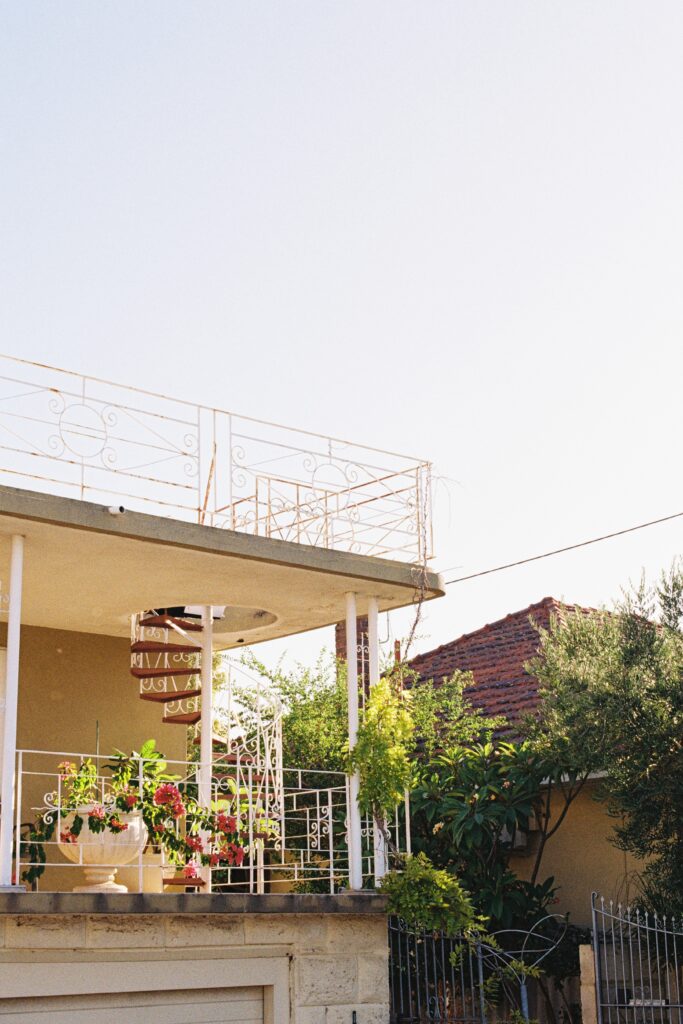
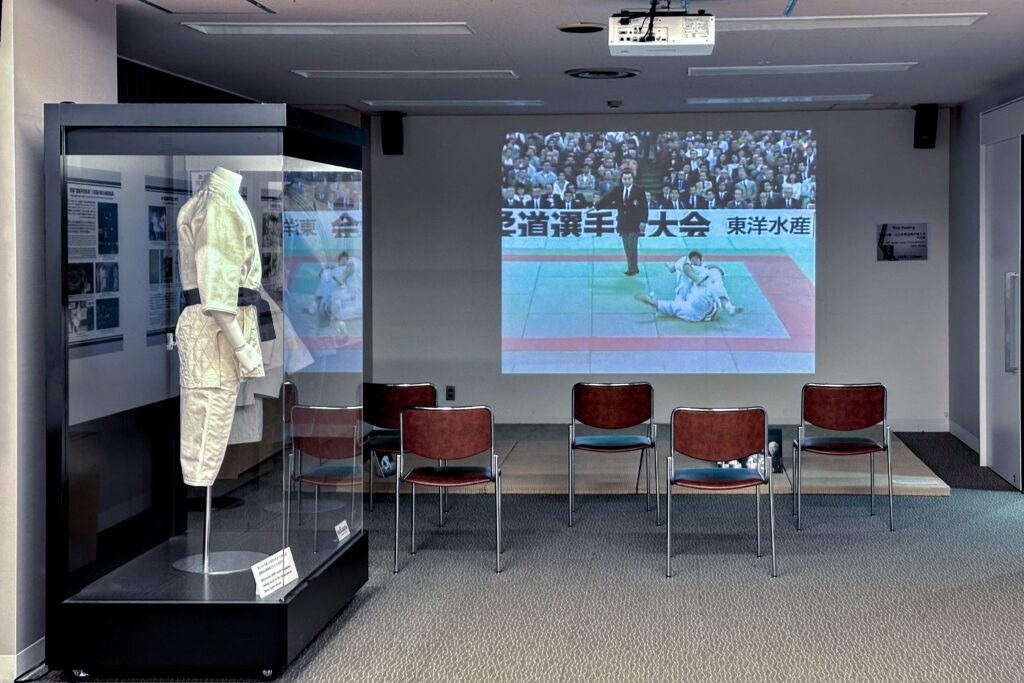
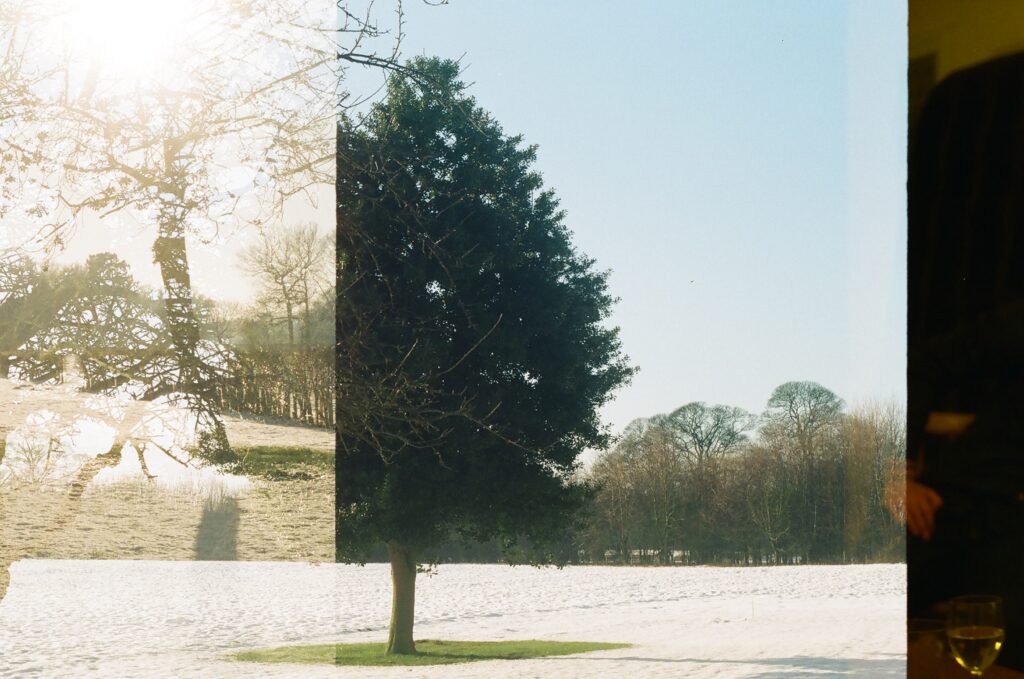




Comments
Tim Bradshaw on Your 2024 Film Challenge
Comment posted: 14/10/2023
But I disagree about the 'but you can use lots of different developers' thing. For me (note: for me) that's just another way of saying 'I want to just play around and avoid developing a style'. For me the thing is to work out how to get good negs, then work out a paper (maybe two if you must) and printing practice and then concentrate on getting good as a photographer knowing both what the tools I've picked are and that they will work.
In my case I messed some of that up (Rodinal was a serious mistake), but the strategy is, I think, sound.
Obviously you will, from time to time, change the tools you're using and go through some period of experimenting while you sort out new ones. But if you're always experimenting then you're just playing. Which is fine, but you should admit that that's what you're doing.
It's like playing the guitar: if you're continually looking for a new FX pedal which, somehow, will make you brilliant then stop: it won't. What might make you brilliant is practicing for most of your waking hours. There's a reason lots of famous guitar players have guitars which have the paint worn off: they practice, a lot. And yes, they might seem to change gear a lot, but they're still using each setup for many times as many hours straight than you or I.
Obviously, as I said above but then slightly lost track of, this is true for me: other people can be different (but they're wrong, so there).
And one other comment: no, film isn't cheap, sorry: it's brutally expensive now. I often use a Pentax MX with a 50/1.4. I can't find one of those listed, but I can find an LX (a much fancier but in my experience less reliable camera) with that lens for £250. If I go to do a project I usually shoot around 10 rolls in a week or so. That's £150 in film. Developing is probably effectively free (chemistry is still cheap). If I do that a few times then film costs dwarf camera costs. And now go take a look at Ektachrome: the totsl cost including processing but not scanning is now approximately £1 per frame.
For a film photographer who is trying to build up a body of work, film is now the dominant cost by a significant margin, unless you insist on buying a Leica and a Summicron every year.
Comment posted: 14/10/2023
Keith Devereux on Your 2024 Film Challenge
Comment posted: 14/10/2023
Comment posted: 14/10/2023
Uli Buechsenschuetz on Your 2024 Film Challenge
Comment posted: 14/10/2023
I‘ve only recently got back into shooting film and despite the limited film choices these days I still feel overwhelmed.
It‘s too early for me to make up my mind one the ONE film yet. I hope that I can settle for one b&w and one color film in the next months. It will unlikely be something as expensive as Acros 100.
Comment posted: 14/10/2023
Kary Schumpert on Your 2024 Film Challenge
Comment posted: 14/10/2023
Comment posted: 14/10/2023
Kai on Your 2024 Film Challenge
Comment posted: 14/10/2023
BTW: fully understand your goal to reduce gear. I, too, consider selling my RB67 set as it is simply too heavy for on-location shooting.
Comment posted: 14/10/2023
Geoff Chaplin on Your 2024 Film Challenge
Comment posted: 14/10/2023
So I'm even more minimal in most ways but two films, one colour, one B&W. And eventually starting to learn photography rather than technicalities.
Comment posted: 14/10/2023
Jerry Scoby on Your 2024 Film Challenge
Comment posted: 15/10/2023
Comment posted: 15/10/2023
flexible fotography on Your 2024 Film Challenge
Comment posted: 16/10/2023
Alexander Seidler on Your 2024 Film Challenge
Comment posted: 16/10/2023
But as you wrote "for me" the callenge is kind of the opposite: I need to deal with different film
because it is impossible to get the film i like constantly.
Bob Ashford on Your 2024 Film Challenge
Comment posted: 16/10/2023
Thanks for your articles.
Bob Ashford
Comment posted: 16/10/2023
Jens on Your 2024 Film Challenge
Comment posted: 18/10/2023
"Art lives from constraints and dies from freedom."
Nick Orloff on Your 2024 Film Challenge
Comment posted: 02/12/2023
This is a great idea.
I find I'm regularly frustrated with my film photography results and I feel a large part of this is due to not having a strong grasp of what a specific emulsion will do under certain circumstances. And having nearly 25 different types of film in my fridge at the moment isn't helping.
I've decided to take on your challenge, but I'm adapting it to my needs.
I doubt I'd survive the year on one film stock, so I'm going to shoot 20 rolls of one B&W then 20 of a specific colour, then back to (a different) B&W. Based on the last few years shooting, I reckon I'll comfortably get to the second B&W and at a stretch, the second colour.
And as I have nearly 20 rolls of HP5, from a project that didn't happen, that's where I'm starting. Probably Kodak Vision 3 for the first colour.
Comment posted: 02/12/2023